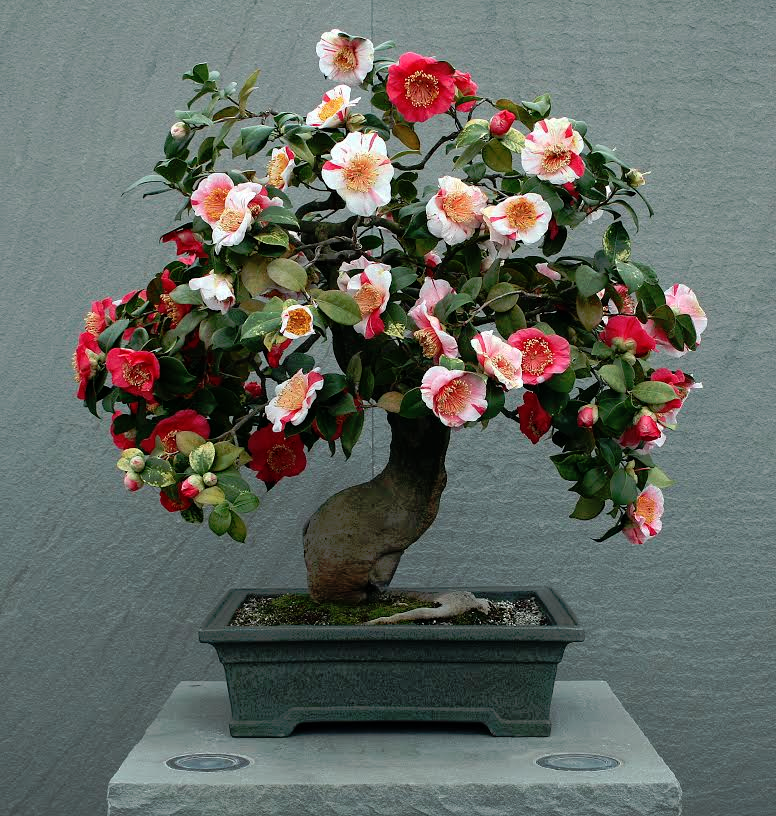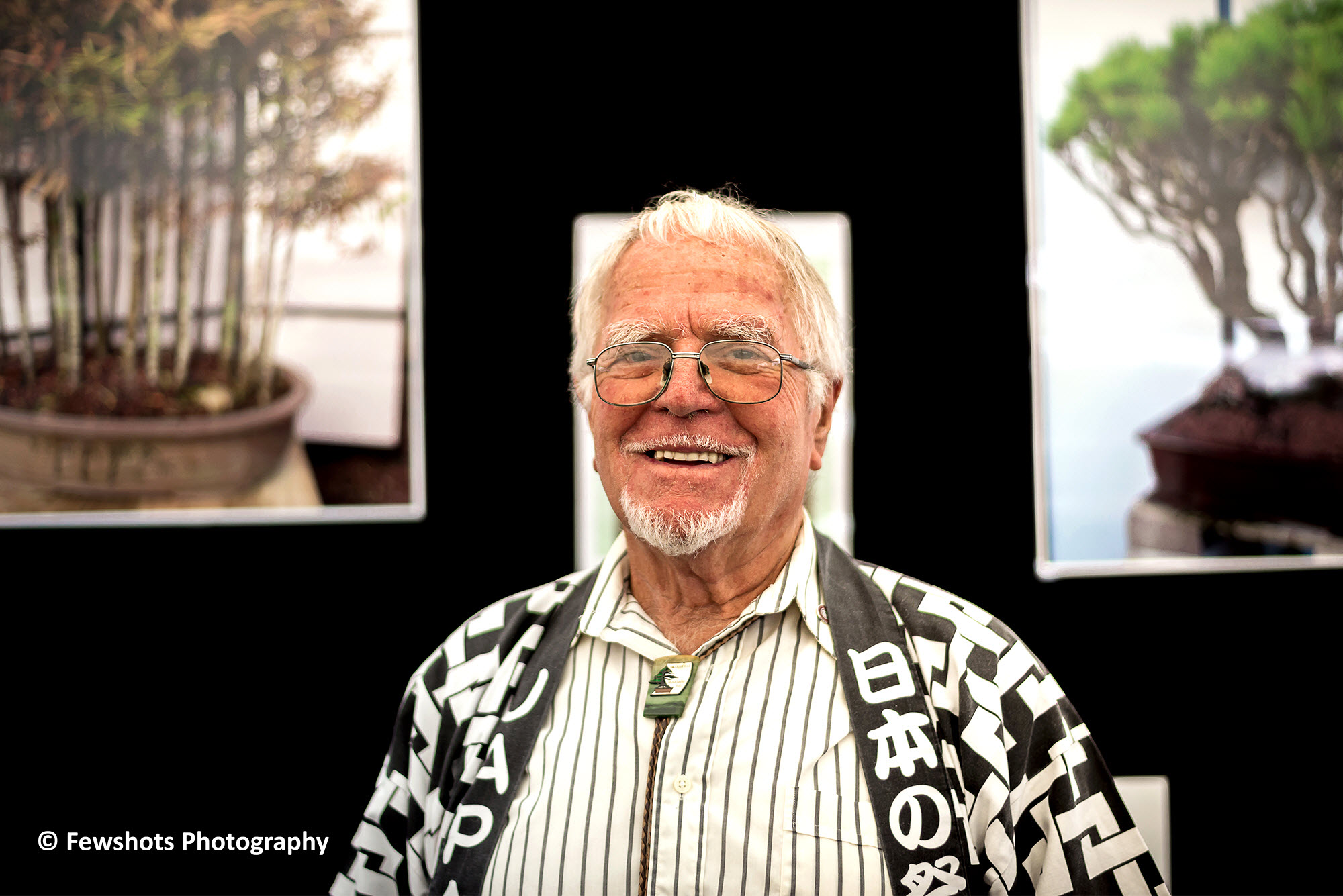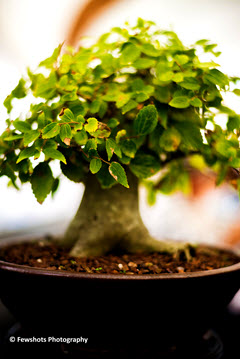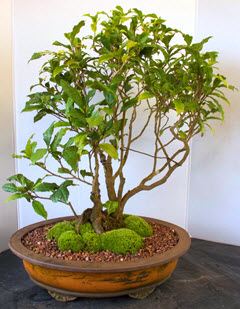
AUCKLAND, New Zealand
Just as in the world of tea, in bonsai growing there is a gulf between mass-produced and master-produced. In this ancient Japanese art form, a true artist’s worth is measured by how well he or she manipulates a plant to make it a thing of enduring value and a living work of art that evolves and changes over time.
Auckland, New Zealand-based bonsai master Bob Langholm has an immaculately pruned tree right outside his house, leaving no question as to his skill. He has more than 50 years of practicing the art of bonsai.
Originally from Germany, Langholm has lived in several countries, always indulging his love of nature. It was his grandfather who taught him about plants. “Even as kids during the war, we had to maintain a vegetable garden,” says Langholm.
His first bonsai was a native pōhutukawa from his time working as the chief propagator for the Auckland City Council in the 1960s. He still has the tree, which he learned to care for from a book on bonsai.
He cultivated his interest in bonsai during stints overseas, learning from bonsai masters in America as well as the esteemed teacher Saburo Kato, in Japan.

“A bonsai apprenticeship goes on for about five years, though it’s up to the master to decide when you have completed your training,” says Langholm. “You learn things like the relationship between roots and branches; techniques for styling the five basic styles of bonsai; each tree’s intrinsic purpose; which seasonal tasks are required for which trees; how to manipulate the tree’s growing direction; and how to keep it alive.”
With only an elementary grasp of Japanese, Langholm was forced to learn by observation and hand signals. Learning bonsai was the intent, but grasping the culture, within this world of Saburo Kato’s art, was equally important to him. “The tea ceremony, ikebana, calligraphy, and martial arts are closely related – they all require a calming of the spirit,” he says.
On his return to Auckland in 1966, Langholm founded a bonsai club, known today as the Auckland Bonsai Society. He played a prominent role in the spread of bonsai appreciation and art locally before retiring to teach privately from his house and at a local center for art and culture.
One of the first things you learn at one of his workshops is that you’re probably saying “bonsai” wrong. It’s pronounced “bone-sigh” rather than “bahn-zai.”
Although generally associated with Japanese culture, bonsai is said to have originated in China around AD 600 (although there is evidence that it may go back another millennium). In Chinese, it’s called penjing, which means, rather prosaically, “tray scenery.” After Japanese monks imported the practice from China in the 12th century, bonsai was taken up by the aristocracy, which turned the art form into a symbol of high rank and prestige. When Japan opened up to the West in the mid-19th century, bonsai’s appeal spread.

According to Langholm, bonsai is part art, part craft, part horticulture, and part philosophy. It’s sometimes described as a collaboration between man and nature, but at its core it is about imagining how a tree might grow in the wild and interpreting that vision in miniature. Or, as he puts it, “Bonsai is supposed to take you to the place where that tree was growing without you having to actually go there.”
Being interested in nature is fundamental for those doing bonsai, and Langholm says it helps to be artistic, to be able to see the potential shapes in trees.
Theoretically, any plant can be used to create a bonsai, but there are certain species favored by Japanese artists. Camellia is one of these.
See, Beginner’s Bonsai
“The camellia tree creates a showy bonsai, with beautiful flowers and shiny evergreen leaves,” says Langholm. “It is also versatile – for example, it can be grown outdoors in warm climates or indoors if the temperature is too cool, and it can be grown in the informal upright style or, for larger species, in a cascading form.”
While Camellia japonica and C. sasanqua are popular choices with bonsai artists, according to Langholm, the strength of Camellia sinensis is its small leaves and flowers, which allow it to develop into a well-proportioned dwarf plant.
Langholm has spent 30 years cultivating three small and one large bonsai from Camellia sinensis seeds gifted to the Auckland City Council by the Japanese city of Fukuoka, when the two cities signed a “sister city” partnership.

“The seeds were intended to create a ‘friendship tea garden,’ but sadly it never eventuated. A few of the tea plants found their way into my garden, where they have thrived.”
It’s not just the plants themselves Langholm enjoys, but the philosophy behind the eastern art.
“Cultivating a bonsai from the tea plant works in the same way as any camellia: plants can be grown from seed or cuttings in spring and pruned after flowering, but it also requires something special – you have to listen to the tree, then tend from the heart,” he says.
And, as in the world of tea drinking, the pot is fundamental. “A tree is a tree, a pot is only a pot. It does not become a bonsai until these two are combined and form a harmony together – just as the choice of teapot must bring out the best from the tea plant’s leaves.”
Learn more: www.bonsaiville.co.nz
Tea Market
Get More Value from Your Tea: BRU Maker One
+41794574278
Jacque's Organics
(647) 804-7263
Hi. I’m writing an article about camellias for the Rhododendron, Camellia and Magnolia Group Yearbook here in the UK. I’m looking for photo of a bonsai and would love to use the superb photo you have from the US National Arboretum. Do you think I could copy and use it in the Yearbook?
Do hope so! Many thanks, Everard Daniel
Yes, so long as you give credit to Tea Journey magazine. The image URL is: https://teajourney.pub/wp-content/uploads/2016/08/TJ2_TEACRAFT_Bonsai_Camellia-US-National-Arboretum_776px.png | Dan